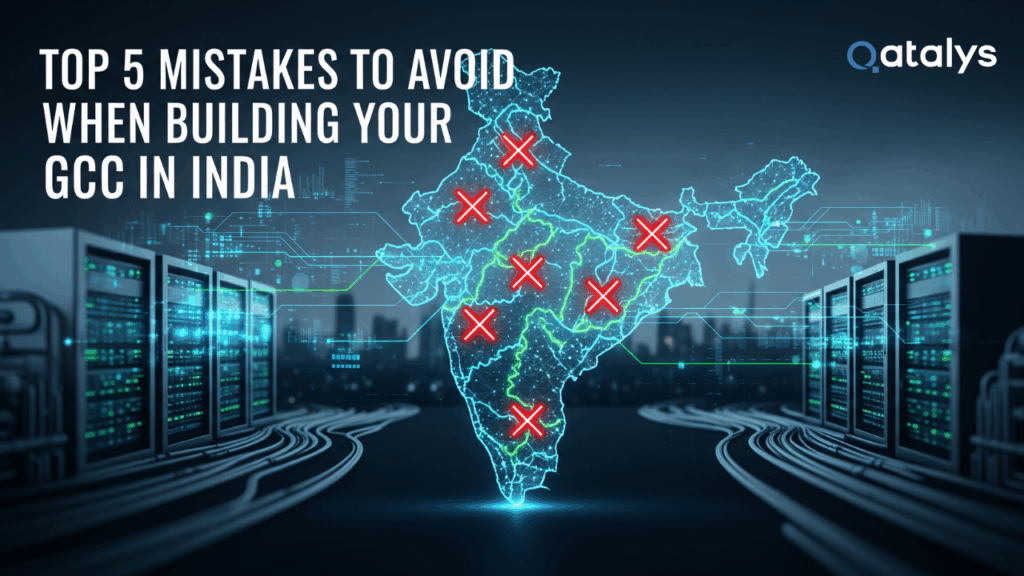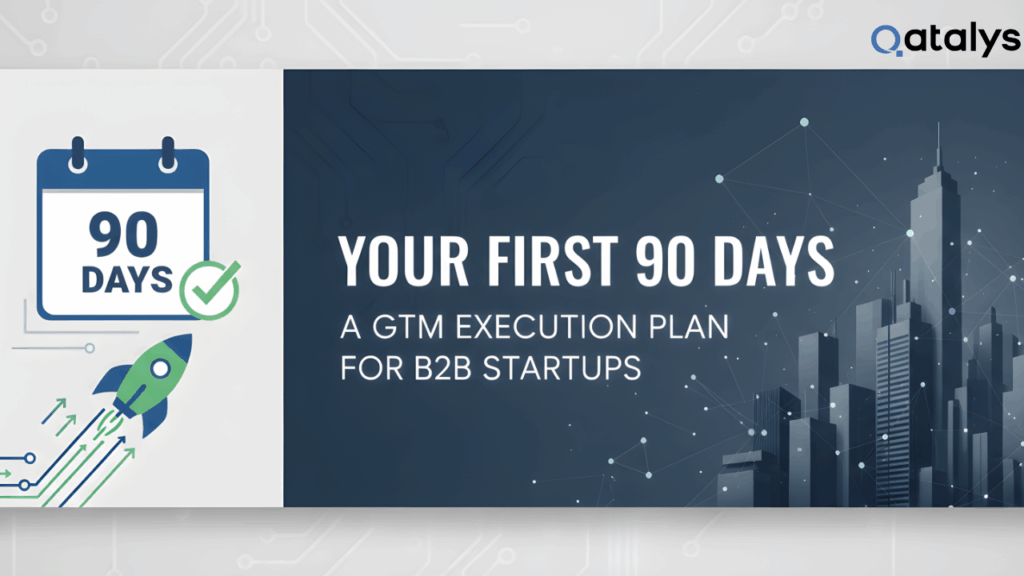It’s a brutal stat, but a true one: 90% of startups fail.
Even more surprising? Most of them don’t fail because of bad code or lack of hustle – they fail because of predictable, preventable, and repeated mistakes.
According to CB Insights, the top reasons behind startup failure include everything from no market demand to team issues, cash mismanagement, and burnout. These aren’t rare black swan events – they’re patterns.
And that’s good news.
Because if you know what the common traps are, you can avoid them – or at least prepare for them.
Why Startups Fail
In this blog, we’ll break down the 10 most common reasons startups fail, backed by real-world data, and show you how to dodge them with practical, battle-tested advice.
Think of this as your founder survival guide – let’s dive in.
1. No Market Need
This is the #1 reason startups fail – they build something nobody actually wants.
It usually starts with a cool idea, a late-night “aha” moment, or spotting a gap that seems obvious. But without real-world demand, your product becomes a beautifully built solution in search of a problem.
Why it happens:
- Skipping validation
- Building for yourself, not your audience
- Mistaking curiosity for buying intent
How to avoid it:
- Talk to real users before you build. Ask about their pain points, not your product.
- Run smoke tests – landing pages, waitlists, ad experiments – to gauge interest.
- Focus on problems that are frequent, painful, and expensive for your target audience.
If people aren’t already trying to solve the problem (even with duct-tape solutions), they likely won’t care when you show up with yours.
2. Ran Out of Cash
Another startup killer: the money runs out before the product takes off.
It’s not always because founders are reckless – sometimes it’s death by a thousand small expenses, poor forecasting, or scaling too soon without a solid base.
Why it happens:
- Overspending on team, tech, or marketing early on
- Long development cycles with no revenue
- Failing to raise at the right time or from the right sources
How to avoid it:
- Track your burn rate religiously – know exactly how many months of runway you have.
- Build in lean milestones: What can you prove in 30/60/90 days with minimal spend?
- Prioritize revenue-generating actions early (even if small).
- Avoid “build it all now” thinking – start with an MVP, not the dream version.
Remember: it’s not about raising more – it’s about lasting longer with less.
3. Wrong Team
A great idea with the wrong team still fails. A decent idea with the right team? It evolves, adapts, and survives.
Your early team sets the tone for execution, culture, and decision-making. If there’s a mismatch in skills, values, or motivation – things fall apart fast.
Why it happens:
- Solo founders trying to do it all
- Hiring friends instead of complementary experts
- Lack of role clarity or conflicting visions
How to avoid it:
- Co-founders should complement, not clone, your skillset – tech + ops, vision + execution, etc.
- Discuss the hard stuff early: equity split, goals, working styles.
- Hire slowly. Prioritize alignment, adaptability, and ownership mindset over shiny resumes.
- Set clear roles and responsibilities. Avoid “everyone does everything” chaos.
A startup is a pressure cooker – make sure your team can thrive in it, not melt.
4. Ignored the Customer
You’re not building for investors. You’re not building for TechCrunch headlines.
You’re building for users – and if you ignore them, you lose.
Many startups fall into the trap of assuming they know best. They lock themselves in a room, build for months, and launch to… silence.
Why it happens:
- Founder ego: “I am the user.”
- Skipping feedback in favor of speed
- Over-reliance on assumptions and internal opinions
How to avoid it:
- Talk to users early and often – before, during, and after building.
- Use tools like Typeform, Hotjar, or even just DMs to collect real feedback.
- Set up NPS (Net Promoter Score) loops and post-signup surveys.
- Treat feedback as fuel, not friction.
The best startups don’t guess what users want – they listen, iterate, and stay close to the people they serve.
5. Flawed Business Model
Even with a great product and happy users, your startup can fail if the math doesn’t work.
A flawed business model means you’re burning more than you earn, scaling without a path to profitability, or simply relying on unrealistic assumptions about growth.
Why it happens:
- No clear monetization strategy
- Razor-thin margins or unsustainable pricing
- Overdependence on funding instead of revenue
How to avoid it:
- Start with a Lean Canvas to sketch out how you’ll make money
- Validate willingness to pay early – even if it’s just a small pilot fee
- Test multiple pricing models: freemium, usage-based, one-time vs. recurring
- Keep your unit economics in check – know your CAC (Customer Acquisition Cost) vs. LTV (Lifetime Value)
You don’t need to be wildly profitable from day one – but you do need a model that makes sense with scale.
6. Poor Marketing & Positioning
“If you build it, they will come” is the biggest lie in startup land.
Many founders obsess over product and forget that distribution is half the battle. You might have the best tool in the world – but if no one hears about it, it doesn’t matter.
Why it happens:
- Assuming word-of-mouth will be enough
- Weak positioning or unclear messaging
- No go-to-market (GTM) strategy or channel focus
How to avoid it:
- Define your Ideal Customer Profile (ICP) – who’s actually buying this?
- Craft a clear, benefit-driven message – “This helps X do Y without Z.”
- Start testing early traction channels: content, cold outreach, partnerships, paid ads
- Align your positioning with customer pain points, not just features
A mediocre product with great marketing often wins. A great product with bad marketing? It gets ignored.
7. Outcompeted
Competition isn’t what kills startups – being indistinguishable does.
In crowded markets, if you don’t stand out, move fast, or clearly solve something better, faster, or cheaper – customers will go with the louder, safer, or more familiar option.
Why it happens:
- No clear Unique Selling Proposition (USP)
- Slower shipping speed or product updates
- Ignoring market shifts while competitors evolve
How to avoid it:
- Find your edge – niche down, specialize, or offer a unique workflow
- Track competitors with tools like Exploding Topics, SimilarWeb, or Crayon
- Stay agile – ship fast, talk to users, and double down on what they love
- Build brand trust early through transparency, content, and community
You don’t need to crush your competitors – just be different enough to matter to your audience.
8. Legal & Compliance Issues
It’s not sexy, but it’s critical: ignoring legal basics can tank your startup overnight.
From trademark disputes to data privacy violations, many founders treat legal work as an afterthought – until it blows up.
Why it happens:
- Rushing to market without proper contracts or IP protection
- Using “borrowed” code, assets, or brand elements
- Not complying with regulations (e.g., GDPR, consumer laws, licensing)
How to avoid it:
- Set up basic legal hygiene early: founder agreements, NDAs, contractor contracts
- Check trademarks, domains, and IP before locking in your name
- Use open-source responsibly (check licenses)
- Consult a startup-focused lawyer or use vetted platforms like SeedLegals, Clerky, or LawBite
Legal clarity builds investor confidence and protects your upside. Don’t let paperwork be your undoing.
9. Burnout & Founder Conflict
Startups don’t just fail from external pressure – they often collapse from within.
Founder burnout, misaligned expectations, and broken communication can silently kill momentum. And unlike product bugs or funding gaps, these issues are emotional and messy.
Why it happens:
- Unrealistic workloads and no boundaries
- Unspoken tension about vision, equity, or roles
- Poor communication under stress
How to avoid it:
- Set clear roles and decision-making boundaries early
- Have regular, honest co-founder check-ins (not just about the work)
- Normalize breaks, mental health days, and delegation – speed is a marathon, not a sprint
- Use tools like Founders’ Agreements to align on long-term goals and exit scenarios
Your startup is only as healthy as the people behind it. Prioritize trust, clarity, and wellbeing – or risk burning out before the market even gets to judge you.
10. Pivoted Too Late or Too Often
Timing is everything. Pivot too late, and you burn cash chasing a dead idea. Pivot too often, and you confuse your team, your users – and yourself.
The best founders know when to stick, shift, or stop based on data, not desperation.
Why it happens:
- Emotional attachment to the original idea
- Reacting impulsively to every bit of feedback
- Lack of clear signals or metrics guiding decisions
How to avoid it:
- Set validation checkpoints early (e.g., X signups, Y% conversion, Z engagement)
- Look for consistent patterns in feedback – not one-off comments
- When pivoting, communicate clearly with your team and users
- Keep your core mission intact, even if the execution shifts
Pivots aren’t failures – they’re course corrections. Just make sure you’re navigating with a map, not just vibes.
Fail Smart, Build Better
Startup failure isn’t random. It’s often the result of avoidable mistakes, repeated across teams, industries, and timelines.
But that’s the good news – because once you understand why startups fail, you’re in a position to fail smarter, faster, or not at all.
Whether it’s validating your idea, managing cash, hiring right, or staying connected to your users – each pitfall has a pattern, and each pattern has a fix.
Next step?
Book a free discovery call today and let’s explore how we can help your startup build smarter, grow faster, and avoid costly missteps.








